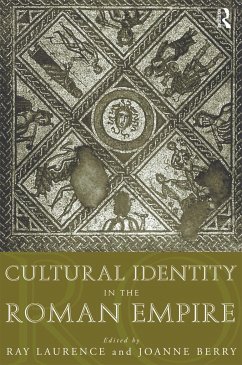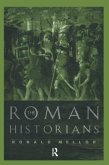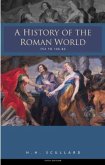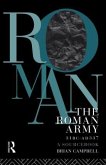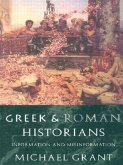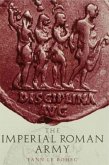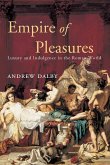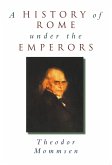This provocative and often controversial volume examines concepts of ethnicity, citizenship and nationhood, to determine what constituted cultural identity in the Roman Empire. The contributors draw together the most recent research and use diverse theoretical and methodological perspectives from archaeology, classical studies and ancient history to challenge our basic assumptions of Romanization and how parts of Europe became incorporated into a Roman culture. Cultural Identity in the Roman Empire breaks new ground, arguing that the idea of a unified and easily defined Roman culture is over-simplistic, and offering alternative theories and models. This well-documented and timely book presents cultural identity throughout the Roman empire as a complex and diverse issue, far removed from the previous notion of a dichotomy between the Roman invaders and the Barbarian conquered.
Hinweis: Dieser Artikel kann nur an eine deutsche Lieferadresse ausgeliefert werden.
Hinweis: Dieser Artikel kann nur an eine deutsche Lieferadresse ausgeliefert werden.

